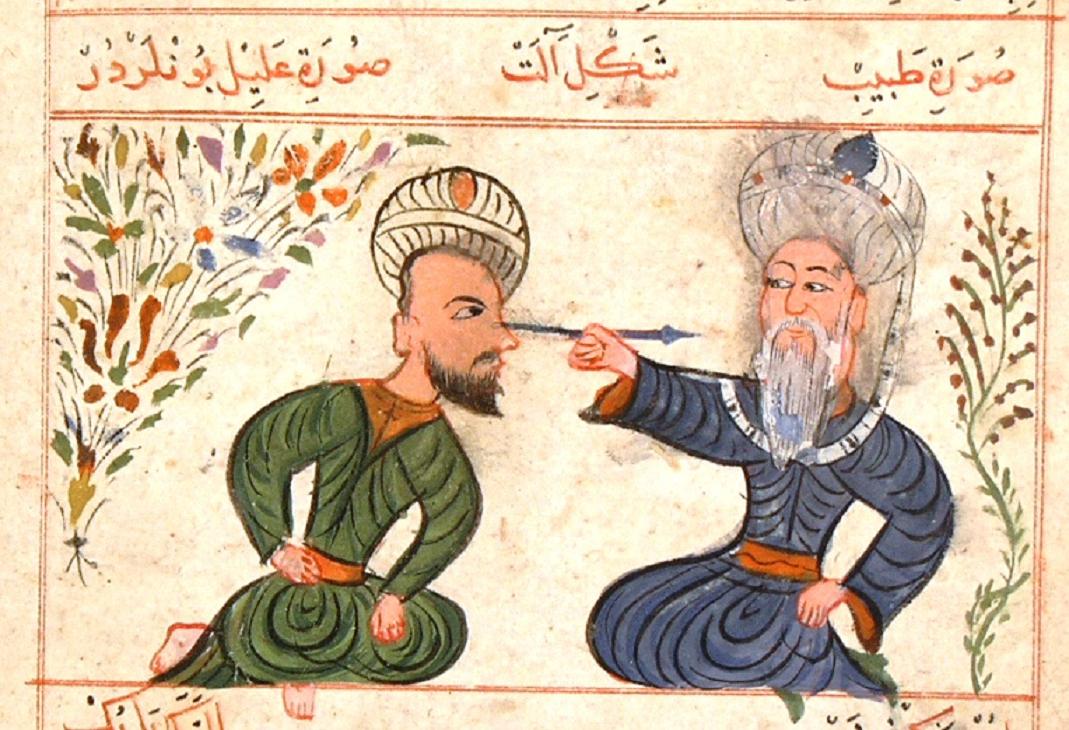The greatest ophthalmologist of the Middle Ages: Who is Ali bin Isa (Jesu Haly)?
Arab ophthalmologist. He was one of the greatest ophthalmologists of the Middle Ages with his studies on the anatomy of the eye and eye diseases.

Ali bin Isa is known in the West as Jesu Haly. Although his work has survived to the present day, information about his life is quite incomplete and controversial. As a matter of fact, his name is mentioned in the form of Isa bin Ali in some sources, and even among the 9th-century physicians, the physician Isa b. It shows that he is confused with Ali.
ʿAlī ibn ʿĪsā al-Kahhal surnamed "the oculist" (al-kahhal) was the best known and most celebrated Arab ophthalmologist of medieval Islam. He was known in medieval Europe as Jesu Occulist, a Latin translation of his name.
Again, in some sources, the introduction of Ali bin Isa as a Christian may be correct, or it may be wrong information due to confusion with Isa b. Ali, is known to be a Christian. On the other hand, between about 1020 and 1030, Ebü'l-Ferec b. It is known that he was a student of Tayyib and practiced medicine in Baghdad. In addition to being the oldest Arabic work in the field of ophthalmology, his study, which attracts attention with its very clear and detailed explanation, is proof that Ali bin Isa was a meticulous observer and a good physician.
Ali bin Isa's study titled Tezkiretü'l-Kahhalîn ("Memorandum for Ophthalmologists"), which consists of three books, is the oldest and most complete work on ophthalmology written in Arabic that has survived to our time. It was translated into Hebrew and Latin as early as the Middle Ages, and later into German and French. translations have been published and have been considered as the main reference source for centuries.
Ali bin Isa stated in the preface of his work that it was largely based on previous works and that Galenos and the Arab physician who lived in the 9th century, Hunayn b. He cites Isaac's works on eye diseases as a source. The first book is devoted to the anatomy and physiology of the eye, the second book is devoted to diseases and treatments of the external organs of the eye, such as the eyelids, lacrimal glands, conjunctiva, and cornea. In the third book, under the title of internal eye diseases and their treatments, the effects of crystalline body diseases and hyperalbinosis on the eye, vision disorders such as myopia, hyperopia, night and day blindness, strabismus, visual weakness, retina, optic nerve, uvea and other internal organs of the eye and diseases and diseases of the eye. Information on cataracts is given.
In the second and third books, in which he describes one hundred and thirty eye diseases, Ali bin Isa introduces one hundred and forty-three types of simple medicines in alphabetical order, as well as general information and advice on maintaining health. This review greatly influenced medieval ophthalmology with the innovations it brought both in the theoretical field and in the surgical methods. According to medical historians, such a comprehensive work was not published in this field until the middle of the 19th century.
-------------------------------------------
Eye Specialists in Islamic Cultures
https://muslimheritage.com/eye-specialists-in-islamic-cultures/
